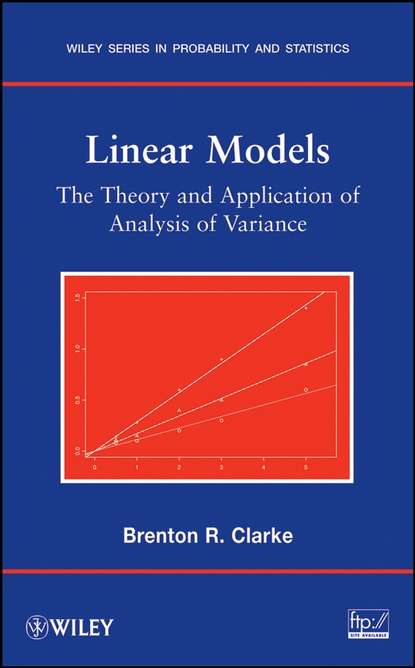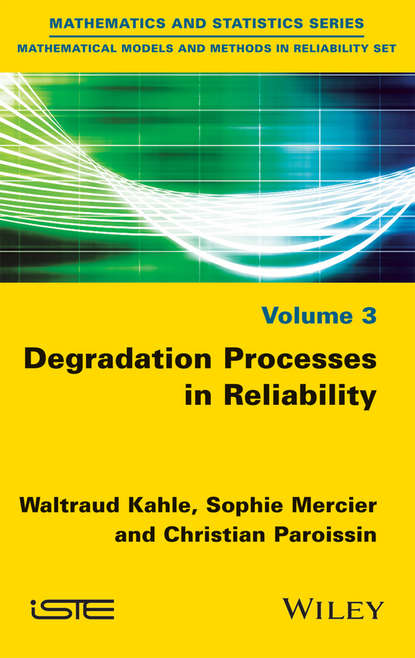“Linear Models” by the Group of Authors is an insightful and comprehensive resource that provides an in-depth understanding of the theory, principles, and applications of linear models in statistical analysis. This book introduces the reader to the concepts of linear algebra and regression analysis, as well as the fundamental principles of experimental design and statistical inference.
The book begins with a brief introduction to the basic concepts of statistical theory and linear algebra, including vectors, matrices, and linear equations. This foundation is then used to introduce the fixed-effects model, which is the basis for most linear models. The authors then discuss eight common linear models: regression, ANOVA, correlation, factorial, logistic, time series, mixed, and factorial designs.
From there, the book delves into the principles of least squares estimation, vector space theory, and ANOVA. The Helmert matrix and its applications are also explored. In addition to these topics, the authors also discuss the importance of experimental design and random effects in linear models.
Overall, “Linear Models” provides a comprehensive guide to the theory and applications of linear modeling techniques, making it an essential resource for anyone interested in statistical analysis and data science.
Погрузитесь в изучение теории и анализа вариации для линейных моделей В книге "Линейные Модели" разрабатывается теория линейных моделей и их динамический подтекст по сравнению с анализом вариации (ANOVA) , экспериментальными конструкциями, и случайными и смешанными моделями. Эта уникальная книга акцентирует внимание на подходе, который ясно объясняет теорию распределения линейных моделей, начиная с основных математических концепций линейной алгебры. Автор начинает с представления классической модели с фиксированными эффектами и затем переходит к иллюстрации восьми общих линейных моделей с точки зрения их пользы в статистике. На этой основе следующие главы вводят понятия, относящиеся к линейной модели, начиная от теории векторного пространства и теории наименьших квадратов оценки. Также представлено представление матрицы Хельмерта, а также полное объяснение как создается ANOVA как в типичных двухъярусных, так и в более сложных проектах, в конечном итоге приводя к раскрытию теории распределения. Другие важные темы, затронутые включают: теорию векторного пространства; теорию наименьших квадратов; Гаусса-Маркова теорема; произведения Кронекера; диагностические и надежные методы для линейных моделей; вероятностные подходы к оценке; обсуждение методологии байесовской статистики, также включена для целей сравнения и контраста, и множество примеров помогают читателю раскрыть сущность моделей, используя как классические, так и новые наборы данных. Эта книга требует только базового уровня понимания вероятности и статистической инференции и является ценным ресурсом для курсов по линейным моделям на уровне бакалавриата и магистратуры. Также "Линейные модели" являются отличным ресурсом для практиков, которые используют линейные модели для проведения исследований в области экономики, психологии, социлогии, биологии и сельского хозяйства.
Электронная Книга «Linear Models» написана автором Группа авторов в году.
Минимальный возраст читателя: 0
Язык: Английский
ISBN: 9780470377970
Описание книги от Группа авторов
An insightful approach to the analysis of variance in the study of linear models Linear Models explores the theory of linear models and the dynamic relationships that these models have with Analysis of Variance (ANOVA), experimental design, and random and mixed-model effects. This one-of-a-kind book emphasizes an approach that clearly explains the distribution theory of linear models and experimental design starting from basic mathematical concepts in linear algebra. The author begins with a presentation of the classic fixed-effects linear model and goes on to illustrate eight common linear models, along with the value of their use in statistics. From this foundation, subsequent chapters introduce concepts pertaining to the linear model, starting with vector space theory and the theory of least-squares estimation. An outline of the Helmert matrix is also presented, along with a thorough explanation of how the ANOVA is created in both typical two-way and higher layout designs, ultimately revealing the distribution theory. Other important topics covered include: Vector space theory The theory of least squares estimation Gauss-Markov theorem Kronecker products Diagnostic and robust methods for linear models Likelihood approaches to estimation A discussion of Bayesian theory is also included for purposes of comparison and contrast, and numerous illustrative exercises assist the reader with uncovering the nature of the models, using both classic and new data sets. Requiring only a working knowledge of basic probability and statistical inference, Linear Models is a valuable book for courses on linear models at the upper-undergraduate and graduate levels. It is also an excellent reference for practitioners who use linear models to conduct research in the fields of econometrics, psychology, sociology, biology, and agriculture.



















